Newtricks
No longer a newbie, moving up!
- Joined
- Aug 15, 2013
- Messages
- 607
- Reaction score
- 104
- Location
- Cali4nia
- Can others edit my Photos
- Photos NOT OK to edit
October this year there will be a total lunar and partial solar eclipse. For the lunar celestial event I can only think I'll need to increase the ISO and reduce shutter speed as the moon is further covered by the earths shadow, until all but a red orb in the sky is seen. As to the solar eclipse, I understand a serious ND filter is needed, but everything I've read has a differing view on what works, from commercial to homemade filters, I need advice. How many stops down dose a filter need to be to photograph the sun?
Be well,
Anthony
Be well,
Anthony
Last edited:



![$IMG_4393[1].JPG $IMG_4393[1].JPG](https://www.thephotoforum.com/data/attachments/67/67782-e1fd693207b14db7b677b3db02afc5aa.jpg)

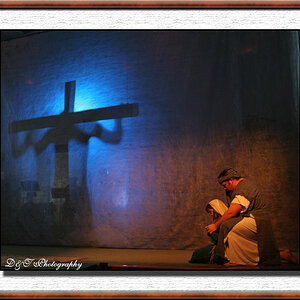
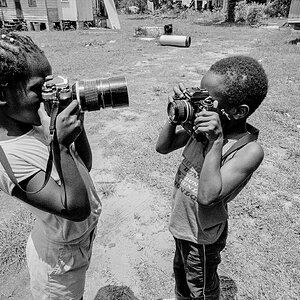
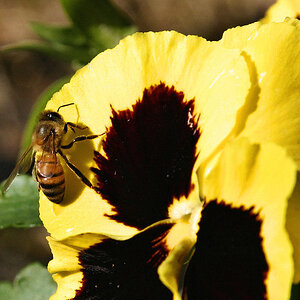
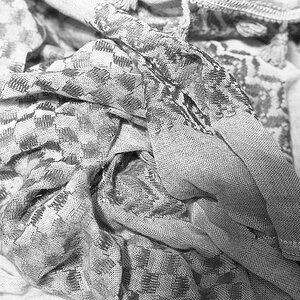
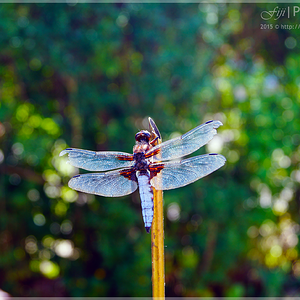
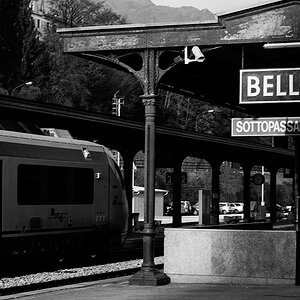

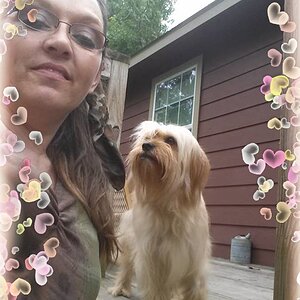
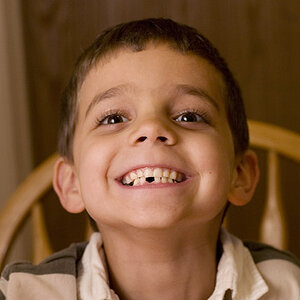
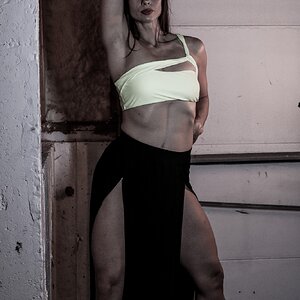
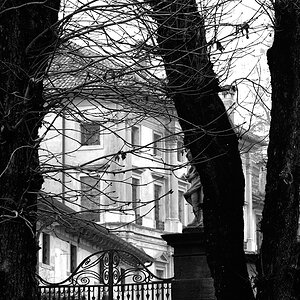
![[No title]](/data/xfmg/thumbnail/34/34690-8d6bc2af7ea1365e5e05cda2bbe8d08b.jpg?1619736604)